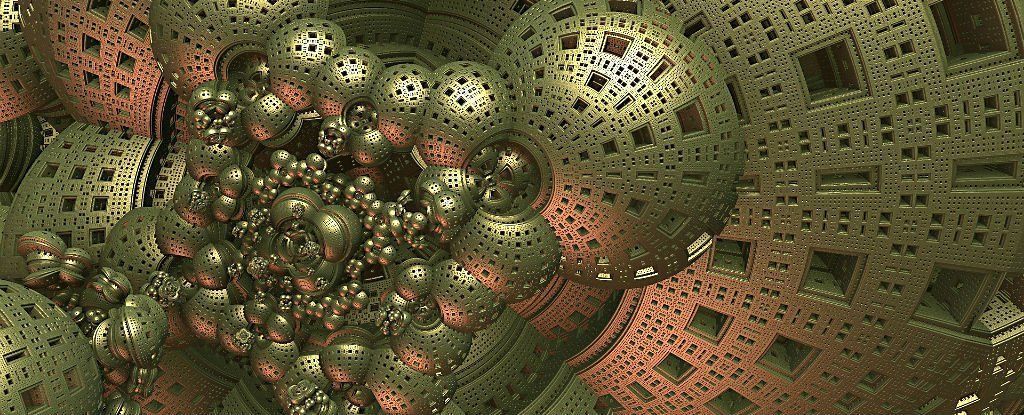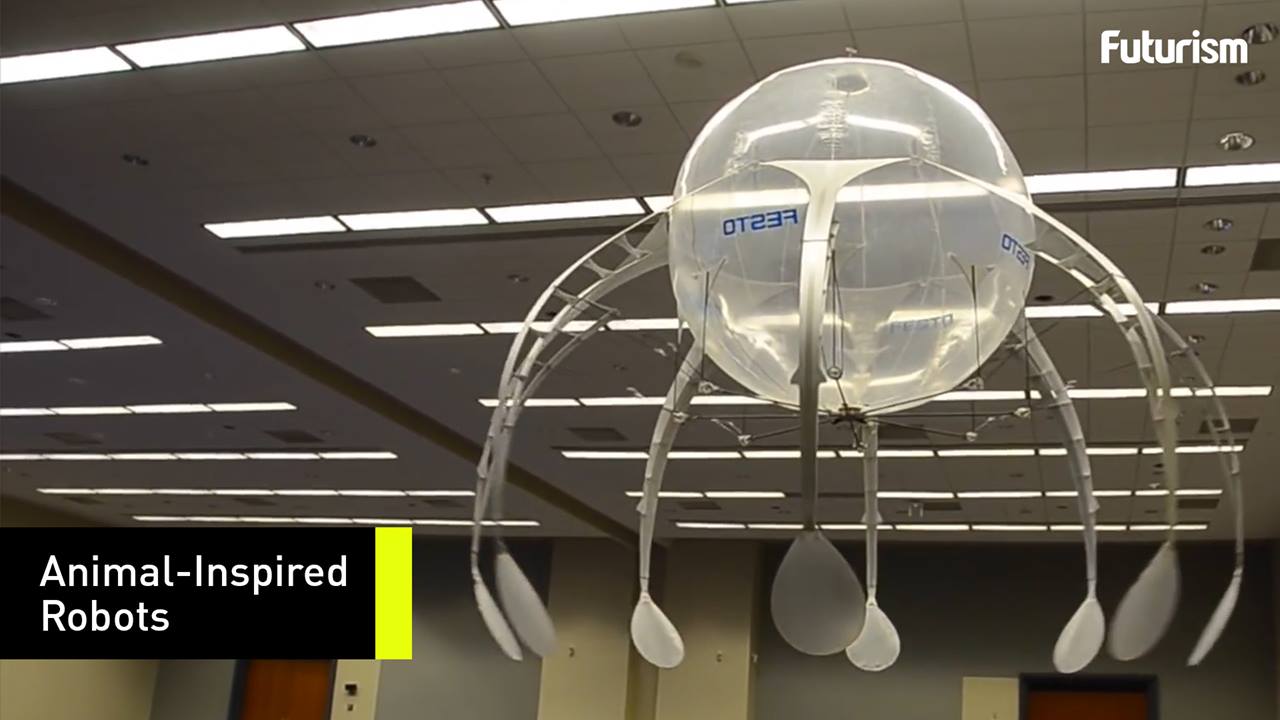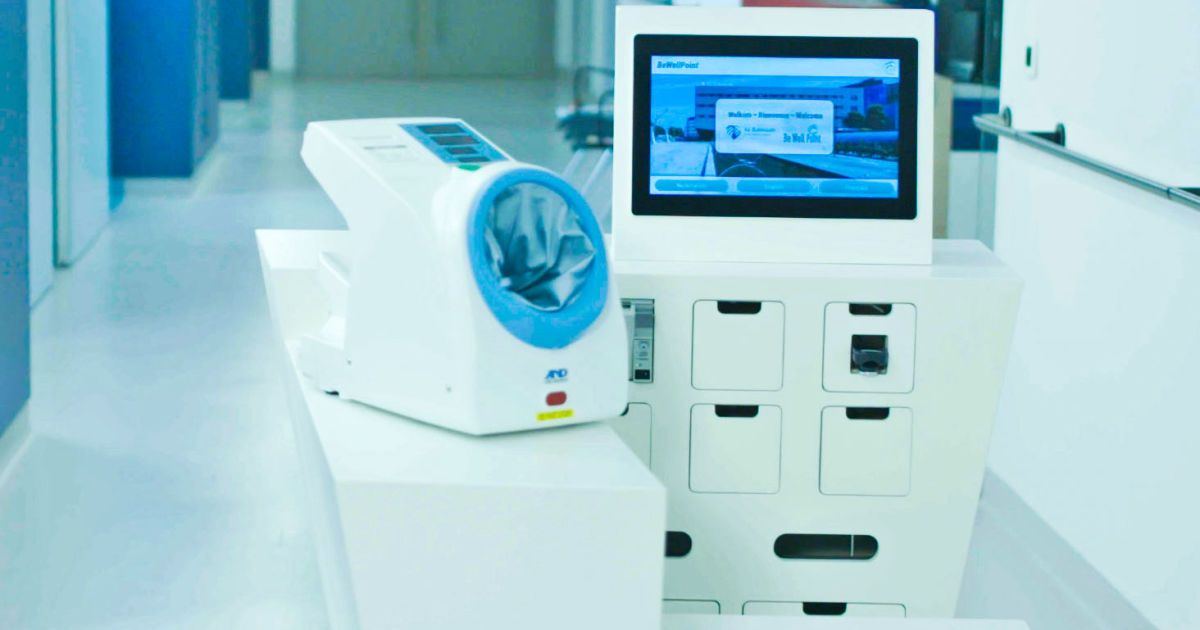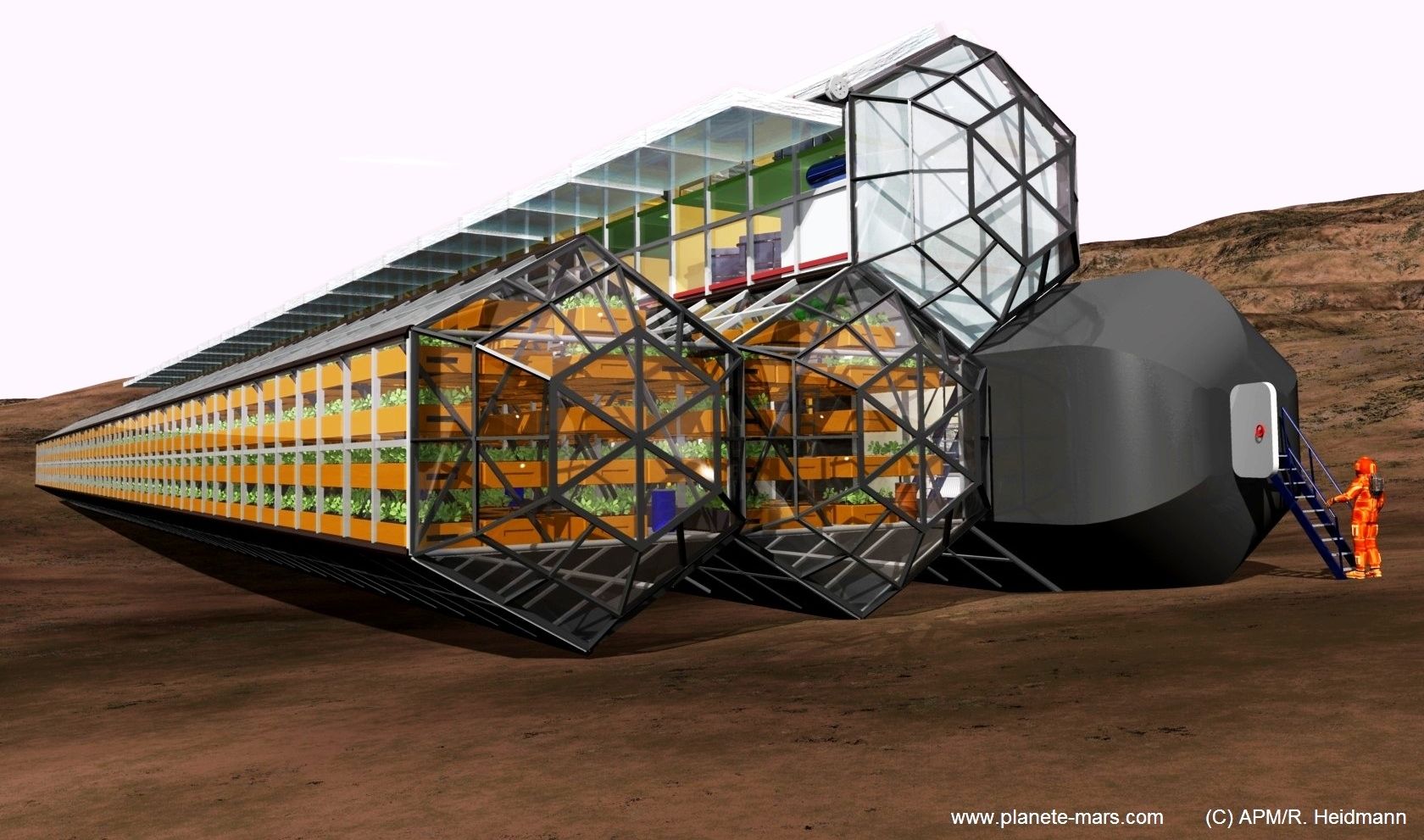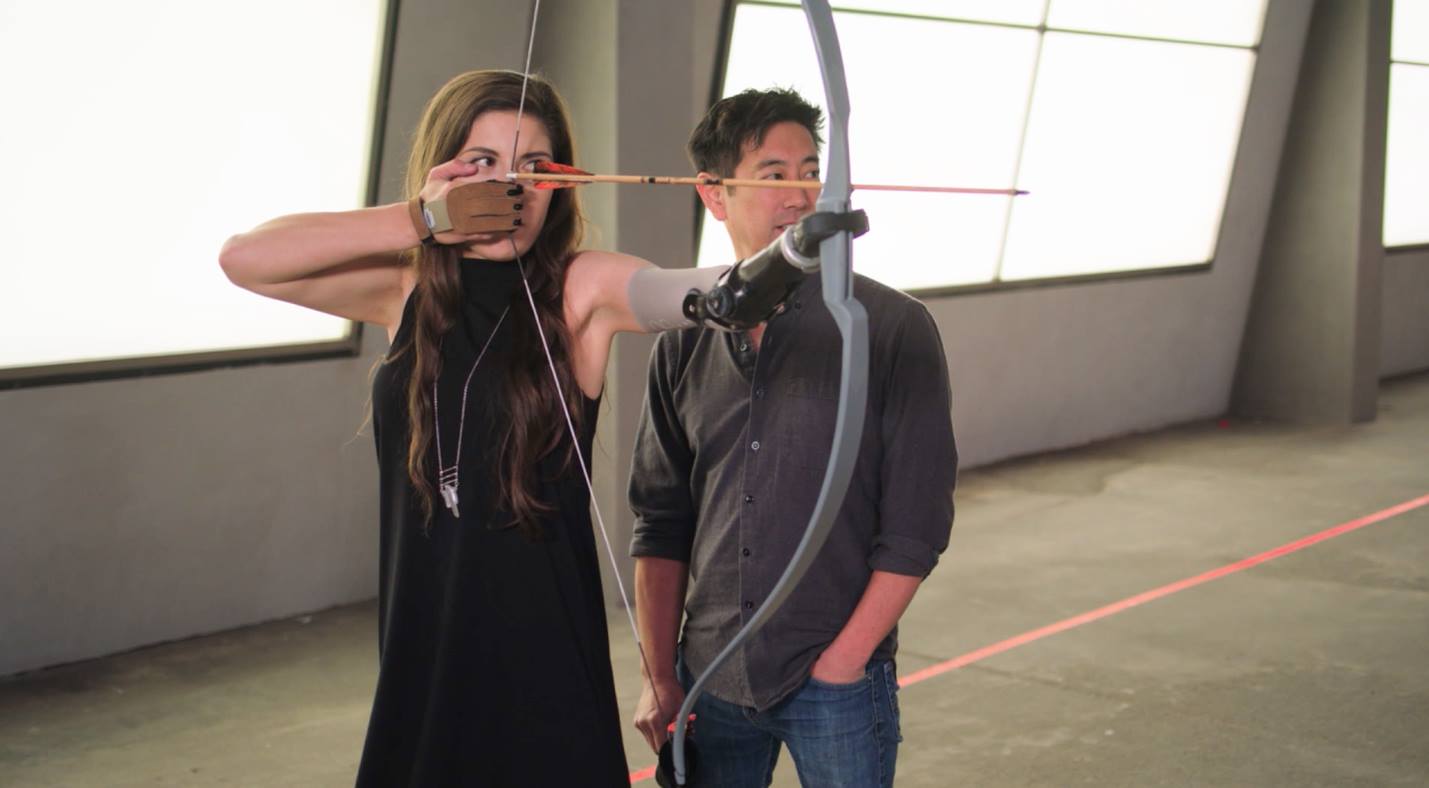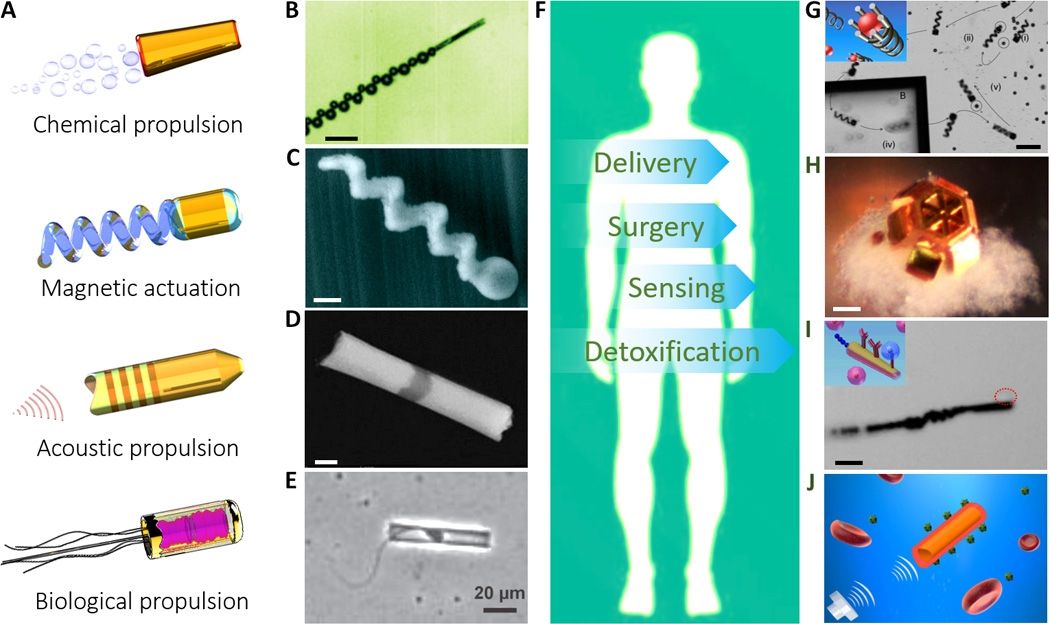Earlier this year, physicists had put together a blueprint for how to make and measure time crystals — a bizarre state of matter with an atomic structure that repeats not just in space, but in time, allowing them to maintain constant oscillation without energy.
Two separate research teams managed to create what looked an awful lot like time crystals back in January, and now both experiments have successfully passed peer-review for the first time, putting the ‘impossible’ phenomenon squarely in the realm of reality.
“We’ve taken these theoretical ideas that we’ve been poking around for the last couple of years and actually built it in the laboratory,” says one of the researchers, Andrew Potter from Texas University at Austin.
